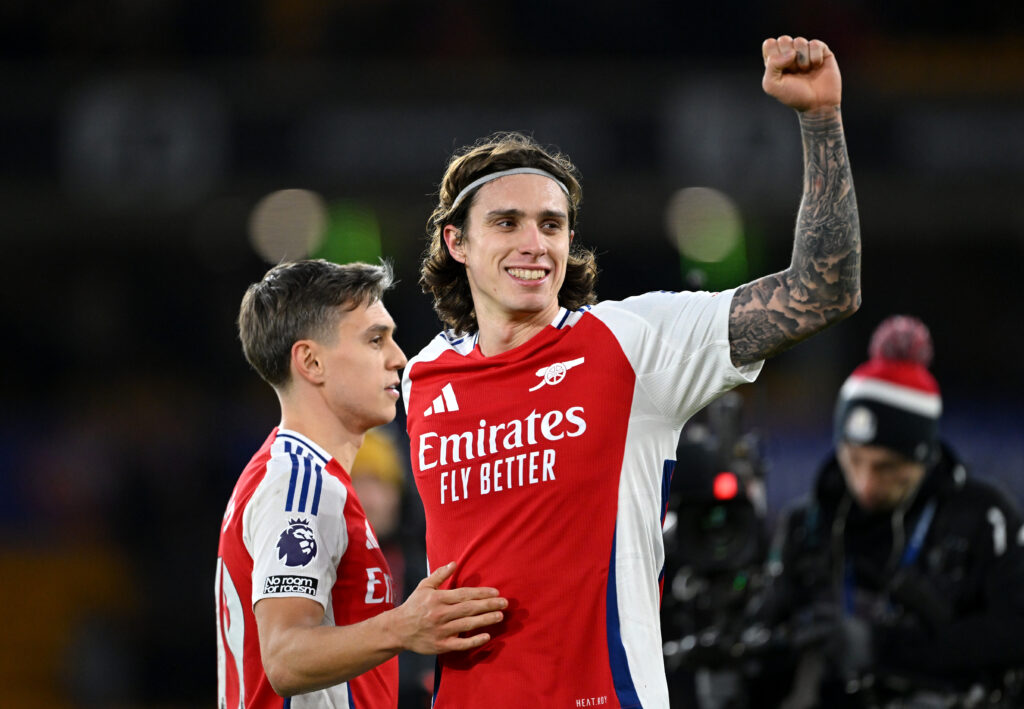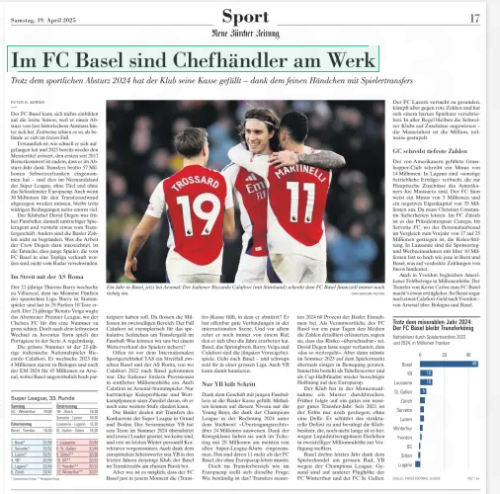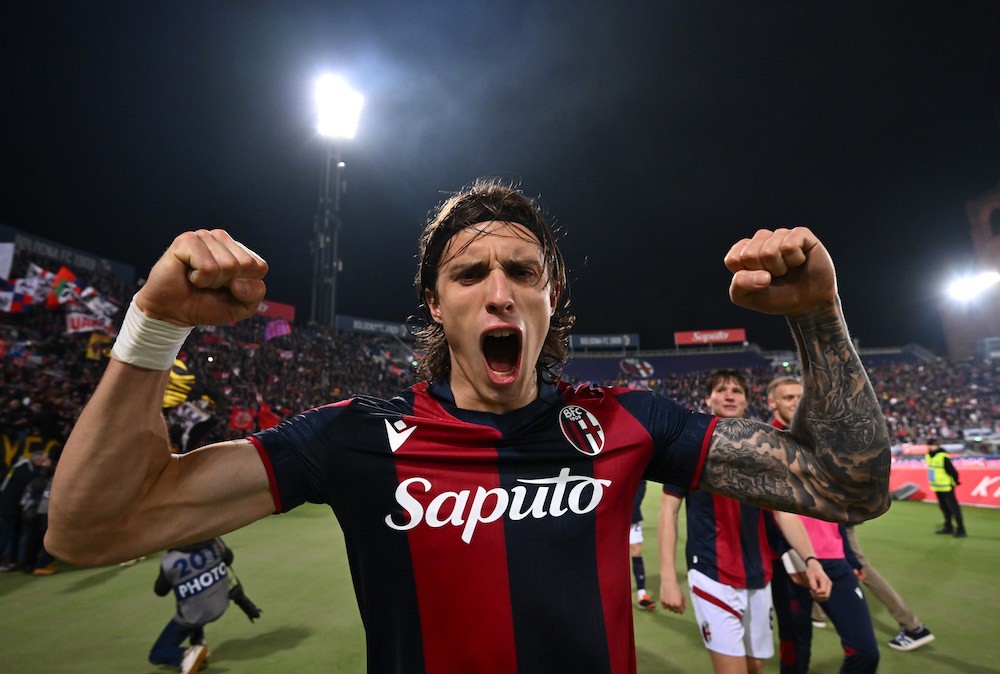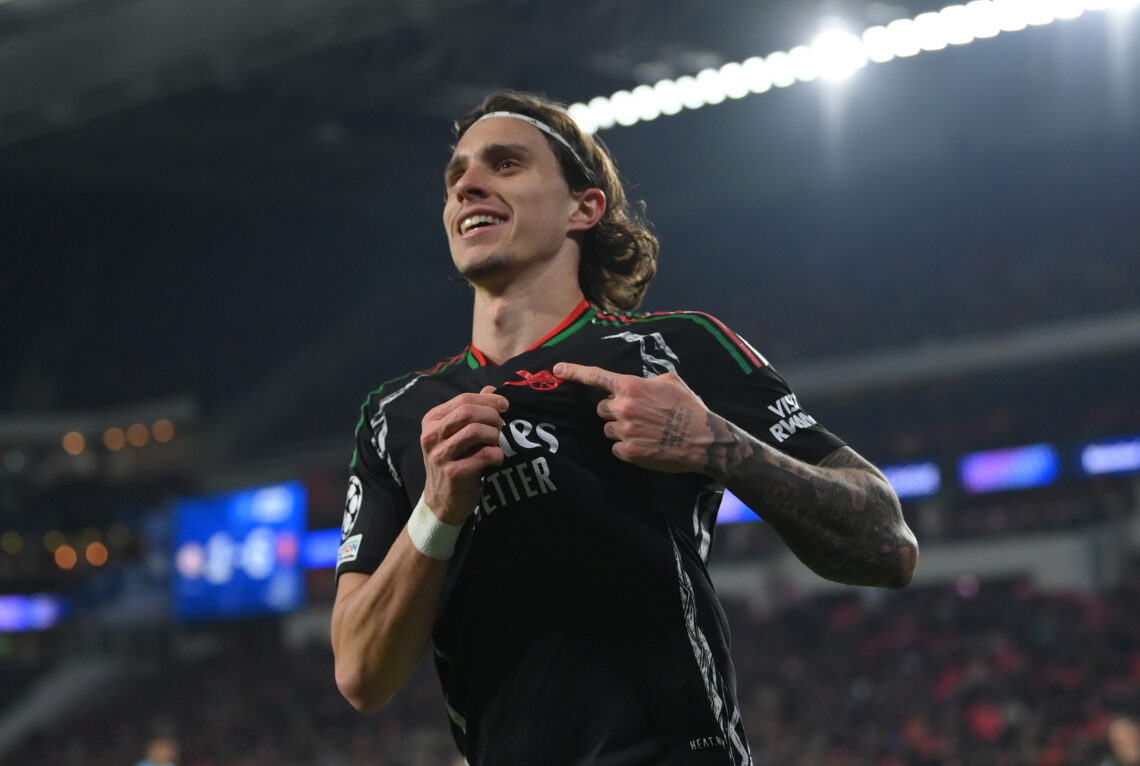A deal Arsenal made last summer is still making headlines in Europe, but not because of anything happening on the pitch.

The transfer of Riccardo Calafiori to Arsenal is now at the centre of an escalating financial dispute between two of his former clubs, with FC Basel and AS Roma set to battle at the Court of Arbitration for Sport over the distribution of proceeds from the Italian defender’s fee.

Calafiori, who joined Arsenal in the summer of 2024 for €45 million on a five-year contract, has been sidelined in recent weeks with a knee injury suffered while on international duty with Italy.
Mikel Arteta expects him to return in time for the Champions League semi-final first leg against Paris Saint-Germain at the Emirates Stadium on April 29. Yet off the field, the complications of his rapid rise have created tensions that now require legal intervention.

Basel initially signed Calafiori from Roma in 2022 for a modest fee, before selling him to Bologna and profiting handsomely again when Arsenal came calling a year later. As part of that original transfer agreement, Roma believe they are entitled to significant additional payments based on Calafiori’s future sales.
Basel’s interpretation of those clauses differs, and the two sides have failed to reach an amicable resolution.

The case, now pending at the Court of Arbitration for Sport, underlines the increasing complexity of sell-on agreements in European football, particularly when players move rapidly between leagues and valuations jump quickly.
According to Neue Zürcher Zeitung, Basel’s share from the Arsenal deal is already understood to have reached well into eight figures in Swiss francs.
